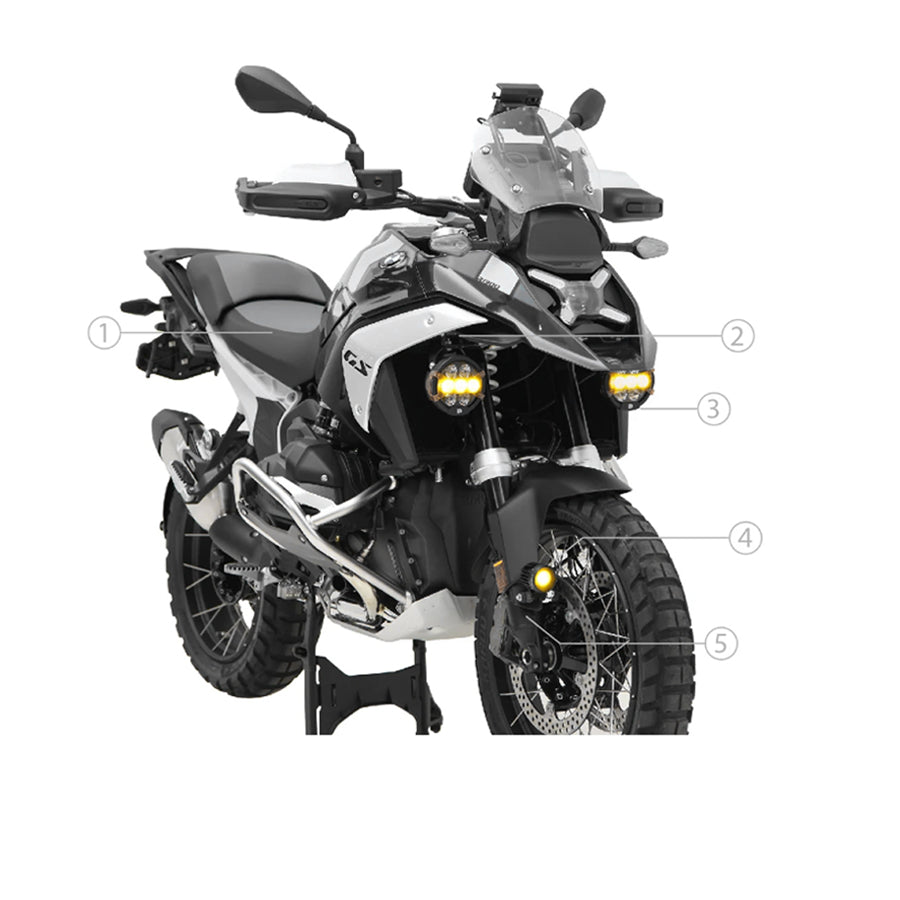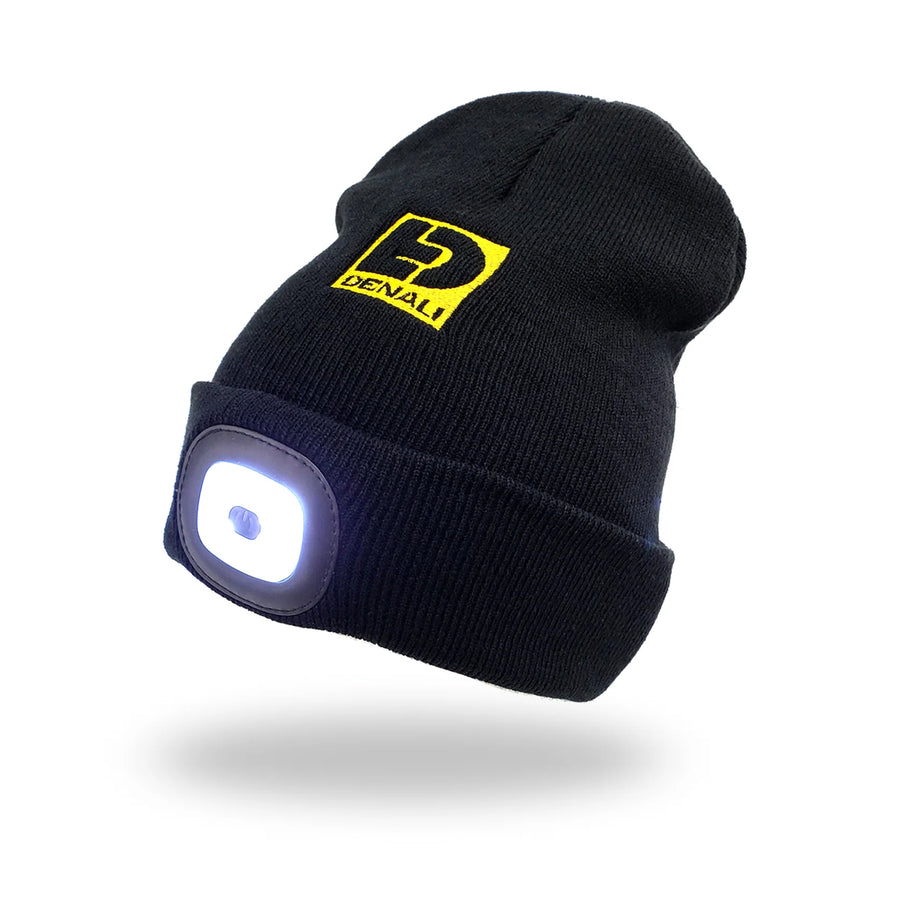Are Auxiliary Lights Legal? When Do I Need to Cover my Lights on the Road?
September 30 2022

Modern motorcycle headlights are nearly always lacking in performance, which is why auxiliary lights are needed to ensure you can see the road or trail in front of you and so others can see you in traffic. At DENALI, we believe in adding the best and highest quality lights to your motorcycle or side-by-side while still staying legal. Rules and regulations pertaining to auxiliary lights vary by state, country, and even municipality. It’s nearly impossible to explain all of the state laws that might apply to a particular rider in a specific state, so we have assembled some general guidelines and links to assist you in researching the laws that apply to you and your area.

Are Auxiliary Lights Street-Legal?
Many of the lights in the DENALI catalog offer certifications, such as DOT and ECE, that make our lights legal to use on roads in varying situations.
Department of Transportation (DOT)
A light that is DOT compliant means that the lighting meets section 108 requirements of the Federal Motor Vehicle Safety Standards. These rules regulate the use of lights on vehicles in the United States. In order to obtain DOT certification, lights must meet certain vibration, water resistance, dust resistance, and performance standards. You can identify a DOT-approved light by the SAE number on the lens.
For example, the DENALI D3 Fog Light above is DOT and E-Mark approved for street-legal use in states where DOT or ECE laws are followed.
E-Mark/ECE Certification
When lights have E-mark approval, that means they have been approved by the Economic Commission of Europe (ECE) for use in the European Union. Lights that meet ECE standards have been tested to ensure that lights are not blinding to oncoming traffic.

When Should I Use Driving Light Covers?
In short, light covers should be used when the law requires or when conditions warrant. In extremely hazardous conditions like a sand storm in the desert, lens covers are handy to prevent potential damage to the lens of your lights.
Additionally, light covers should be used when laws require them. Many states require covers to be used when auxiliary lights are installed outside of a certain distance from the headlights or when the quantity of forward-facing lights exceeds a number established by the law.

In most states and countries, light covers are required to be completely opaque and cover the entire surface of the lamp. Opaque covers prevent any light from shining through them (opposite of translucent). In many states that require vehicle inspection, lights that are covered properly are exempt from inspection.
DENALI Slip-On Blackout Covers keep your bike street legal in states that require aftermarket lighting to be covered on public roads. Once you get to the trails, slip the covers off of your DENALI D7 lights and go. The rugged silicone construction of the Slip-On Covers protect from rocks and other debris, providing an even longer lifespan to your DENALI lights.
Laws by US State
If you are unsure about your local rules and regulations, we have assembled a list of lighting regulations for each of the 50 United States. We are lighting experts, not legal experts. If you have questions or concerns about your local laws, consult local law enforcement or an attorney.
Alabama: Motor Vehicles and Traffic § 32-5A-115
Alaska: Article 2- Lighting Equipment
Arizona: Title 28- Article 16
Arkansas: Code Title 27
California: Chapter 2
Colorado: Title 42
Connecticut: DMV FAQ
Delaware: Title 21
Florida: Chapter 316
Georgia: Title 40
Hawaii: Chapter 261
Idaho: Chapter 9
Illinois: Chapter 95
Indiana: Title 9
Iowa: Chapter 321
Kansas: Article 17
Kentucky: Chapter 189
Louisiana: Title 32
Maine: Chapter 17
Maryland: Title 22
Massachusetts: Section 16
Michigan: Chapter 257
Minnesota: Chapter 169
Mississippi: Title 63
Missouri: Chapter 307
Montana: Chapter 9
Nebraska: Chapter 60
Nevada: Chapter 484D
New Hampshire: Chapter 266
New Jersey: Title 39
New Mexico: Chapter 66
New York: Section 375
North Carolina: Chapter 20
North Dakota: Chapter 39
Ohio: Chapter 4513
Oklahoma: Chapter 12
Oregon: Chapter 815
Pennsylvania: Code 173
Rhode Island: Chapter 24
South Carolina: Title 56
South Dakota: Chapter 32
Tennessee: Chapter 378
Texas: Chapter 547
Utah: Chapter 6
Vermont: Chapter 13
Virginia: Title 23
Washington: Chapter 46.37
West Virginia: Chapter 17C
Wisconsin: Chapter 347
Wyoming: Title 31










